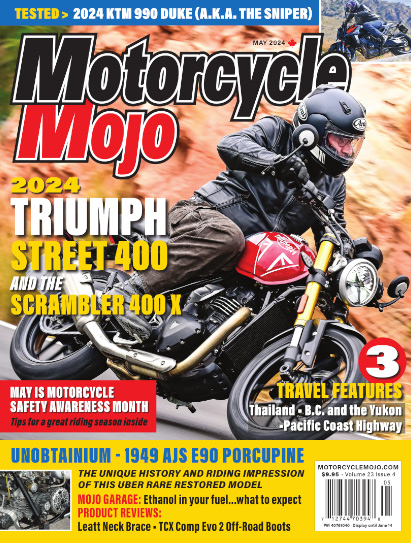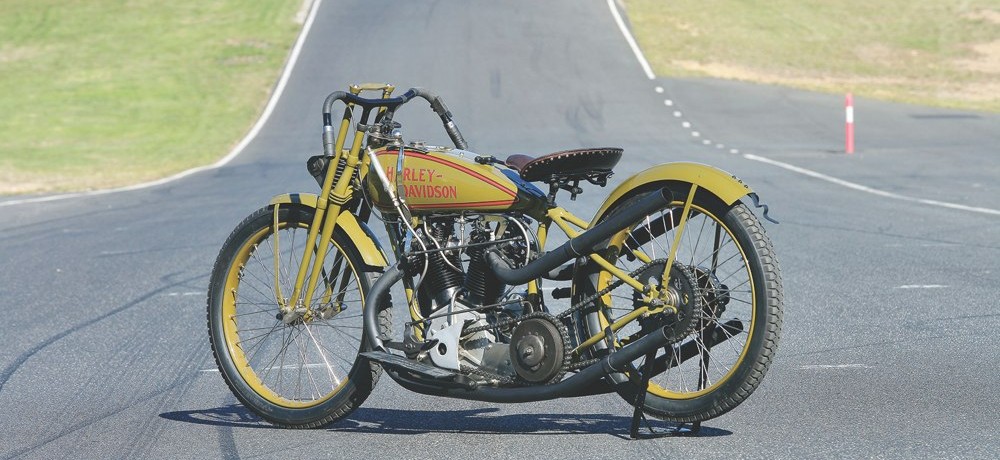Behind the guise of tried-and-true lies a history on the cutting edge
What goes around, comes around, and with the resumption of tribal warfare between Indian and Harley-Davidson in 2017 – not only in the showroom stakes, but with full-on factory race teams pitted against each other in the revitalized American Flat Track Championship – it’s yesterday once more.

The victory ushered in several years of Harley-Davidson success in U.S. racing, even after the company’s management discontinued running its official team after totally dominating in 1921, when it swept the board by winning every single National Championship category. After Indian’s 1-2 finish at the opening round of the 2017 American Flat Track series at Daytona on March 2017 with its new FTR750 V-twin, H-D fans will no doubt be hoping that the company’s equally young XG750R eight-valve racer, derived from the 750 Street road bike, will be able to improve on Jake Johnson’s fourth place in the Daytona TT, the only Harley in the top 10. But it’s early days yet, and the Milwaukee-based Motor Company knows just a little bit about how to win races and titles on dirt ovals, after nearly 50 years of dirt-track dominance with the legendary XR750.
Leading-Edge Technology
Of all the racing motorcycles ever built, any place, any time, the American V-twins of the ’teens and ’20s are unquestionably the most rakish. Lean but meaty, lithe but muscular, they simply exude speed and purpose. Yet at the same time, these early Americans possessed a degree of mechanical sophistication quite unmatched by their European counterparts. Born to race on the numerous dirt ovals and board tracks of pre-First World War America, nurtured in the intense competition between half a dozen rival factories, American motorcycles sported such innovations as countershaft gearboxes, all chain-drive transmissions, four-valve cylinder heads and pump-driven mechanical oiling long before these features gained acceptance on the other side of the Atlantic. Such novelties brought two attributes in their wake: speed and reliability, so that once the message had spread to Europe, U.S.-built bikes, especially Indian and Harley-Davidson, began to reap great success there, too.
Purchase the issue to continue reading
























